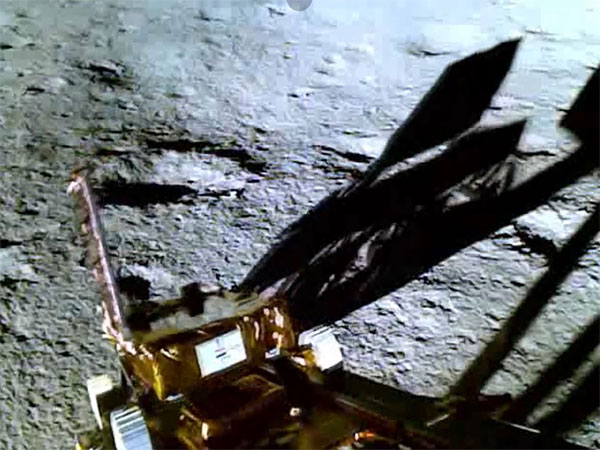In a significant scientific milestone, Indian Space Research Organisation (ISRO) on Saturday injected Aditya-L1 spacecraft – the first dedicated solar mission – into its final destination orbit.
Prime Minister Narenendra Modi and Minister of State for Science and Technology Jitendra Singh were among leaders who hailed the achievement.
Aditya-L1 has reached Lagrange Point L1, about 1.5 million km from earth.
The PSLV-C57.1 rocket carrying the Aditya-L1 orbiter lifted off successfully from the Satish Dhawan Space Centre in Sriharikota, Andhra Pradesh, in September.
The successful launch of the maiden solar mission of the Indian Space Research Organisation (ISRO) came on the heels of the historic lunar landing mission — Chandrayaan-3.
Prime Minister Narendra Modi said India will continue to pursue new frontiers of science for the benefit of humanity.
“India creates yet another landmark. India’s first solar observatory Aditya-L1 reaches it’s destination. It is a testament to the relentless dedication of our scientists in realising among the most complex and intricate space missions. I join the nation in applauding this extraordinary feat. We will continue to pursue new frontiers of science for the benefit of humanity,” he said in post on X.
Jitendra Singh said Aditya L1 will discover the mysteries of sun-earth connection
“From Moon walk to Sun Dance! What a glorious turn of year for Bharat! Under the visionary leadership of PM @narendramodi, yet another success story scripted by Team #ISRO. #AdityaL1 reaches its final orbit to discover the mysteries of Sun-Earth connection,” he said in a post on X.
Commerce and Industry Minister Piyush Goyal also congratulated the scientists and said India’s space journey is unstoppable.
“Wings of Fire! Congratulations to the dedicated scientists at @ISRO for successfully inserting Bharat’s first solar observatory #AdityaL1 into its intended destination. First the moon, now the sun… our space journey is unstoppable!
Aditya L1 has seven different payloads on board, to conduct a detailed study of the sun, four of which will observe the light from the sun and the other three will measure in-situ parameters of the plasma and magnetic fields.
The largest and technically most challenging payload on Aditya-L1 is the Visible Emission Line Coronagraph or VELC. VELC was integrated, tested, and calibrated at the Indian Institute of Astrophysics’ CREST (Centre for Research and Education in Science Technology) campus in Hosakote in collaboration with ISRO.
This strategic location will enable Aditya-L1 to continuously observe the sun without being hindered by eclipses or occultation, allowing scientists to study solar activities and their impact on space weather in real-time.
Also, the spacecraft’s data will help identify the sequence of processes that lead to solar eruptive events and contribute to a deeper understanding of space weather drivers.
Major objectives of India’s solar mission include the study of the physics of solar corona and its heating mechanism, the solar wind acceleration, coupling and dynamics of the solar atmosphere, solar wind distribution and temperature anisotropy, and origin of Coronal Mass Ejections (CME) and flares and near-earth space weather. (ANI)
For more details visit us: https://lokmarg.com/









